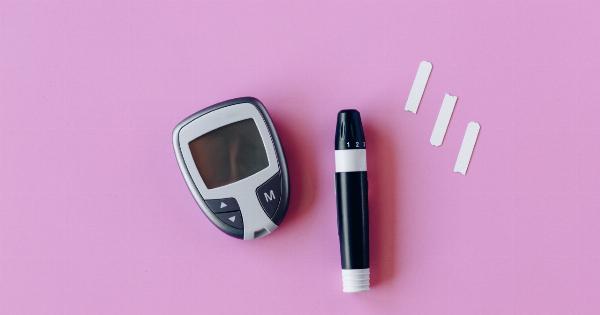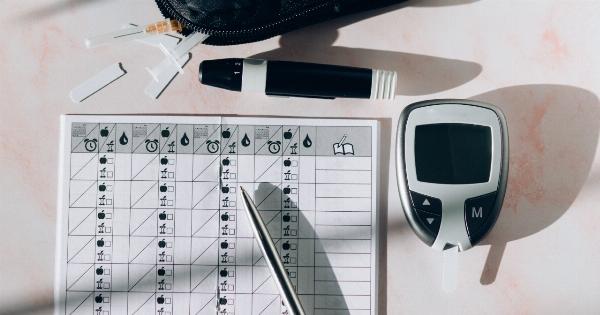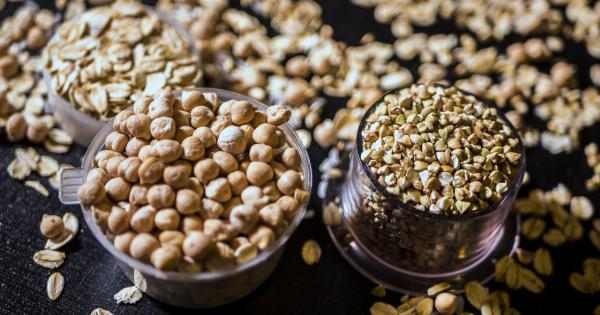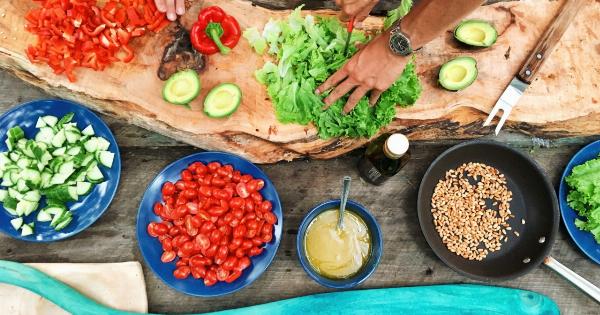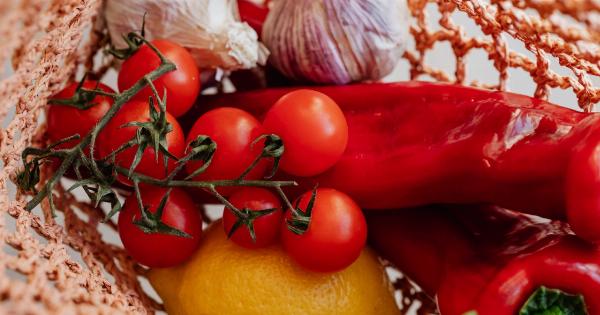Diabetes is a chronic disease that affects millions of people worldwide. It occurs when the body cannot produce or use insulin effectively, which leads to high blood sugar levels.
While genetics and lifestyle factors can play a role in developing diabetes, there are also certain foods that can increase or decrease the risk of developing this disease.
Foods that increase diabetes risk
There are certain foods that can lead to an increased risk of developing diabetes, particularly type 2 diabetes. These foods are generally high in refined carbohydrates and sugar, which cause a rapid spike in blood sugar levels.
Here are some of the top foods that can increase diabetes risk:.
1. Sugary drinks
Sugary drinks such as soda and fruit juice are some of the worst culprits when it comes to increasing diabetes risk. These beverages are loaded with sugar and have a high glycemic index, which means they cause a rapid spike in blood sugar levels.
2. White bread and pasta
Refined carbohydrates such as white bread and pasta can also increase diabetes risk. These foods are quickly digested and absorbed, leading to a rapid rise in blood sugar levels.
Over time, this can lead to insulin resistance and an increased risk of developing diabetes.
3. Processed snacks and desserts
Processed snacks and desserts such as chips, cookies, and candy are often high in sugar, refined carbohydrates, and unhealthy fats.
These foods can cause a rapid spike in blood sugar levels and should be limited or avoided to reduce the risk of diabetes.
4. Red meat
Eating a lot of red meat, particularly processed meats such as bacon and sausage, has been linked to an increased risk of developing diabetes. These meats are high in saturated fat and can contribute to insulin resistance and inflammation in the body.
Foods that decrease diabetes risk
On the other hand, there are also certain foods that can help decrease the risk of developing diabetes. These foods are generally nutrient-dense and have a low glycemic index, meaning they cause a slower rise in blood sugar levels.
Here are some of the top foods that can decrease diabetes risk:.
1. Whole grains
Whole grains such as oats, quinoa, and brown rice are rich in fiber, which can help regulate blood sugar levels and improve insulin sensitivity. Eating whole grains regularly can also help reduce the risk of developing type 2 diabetes.
2. Fruits and vegetables
Fruits and vegetables are packed with essential vitamins, minerals, and fiber, which can help protect against diabetes and other chronic diseases. Eating a variety of colorful fruits and vegetables can also help promote overall health and well-being.
3. Nuts and seeds
Nuts and seeds are nutritious snacks that are high in protein, healthy fats, and fiber. These foods can help regulate blood sugar levels and reduce the risk of developing diabetes.
4. Fatty fish
Fatty fish such as salmon and tuna are rich in omega-3 fatty acids, which can help reduce inflammation and improve insulin sensitivity. Eating fatty fish regularly can also help reduce the risk of developing type 2 diabetes.
Conclusion
Eating a balanced and healthy diet that includes plenty of whole foods such as fruits, vegetables, whole grains, and healthy fats can help decrease the risk of developing diabetes.
On the other hand, it is important to limit or avoid foods that are high in refined carbohydrates and sugar, which can increase diabetes risk. By making small changes to your diet and lifestyle, you can help reduce your risk of developing this chronic disease and enjoy better overall health and well-being.

